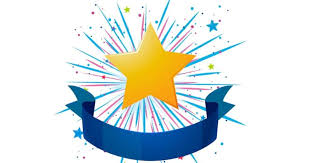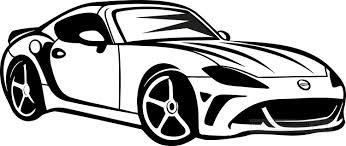The Art of Drawing Skulls: A Timeless Study

Drawing skulls has been a fascination for artists throughout history, symbolizing both mortality and the intricate beauty of human anatomy. This guide explores the art of drawing skulls, providing insights into techniques and the symbolism behind this timeless subject.
The Symbolism of Skulls in Art
Skulls have long been powerful symbols in art, representing themes such as death, mortality, and the passage of time. They are often used in vanitas paintings to remind viewers of the transient nature of life. In contemporary art, skulls can symbolize rebellion, identity, and a fascination with the macabre.
Materials and Tools
To begin drawing a skull, you’ll need:
- Pencils: A range of hardness, from 2H to 6B, to achieve different shades and details.
- Paper: High-quality drawing paper with a smooth texture.
- Erasers: Both kneaded and regular erasers for precision.
- Blending Tools: Such as tortillons or blending stumps for shading.
Step-by-Step Guide to Drawing a Skull
- Basic Outline: Start with a rough outline of the skull. Use light pencil strokes to sketch the overall shape, focusing on the proportion of the cranium to the jaw.
- Anatomical Accuracy: Pay attention to key anatomical landmarks such as the eye sockets, nasal cavity, and teeth. Ensure that these features are correctly positioned and proportioned.
- Refinement: Gradually refine the outline, adding more detail to the skull’s contours. Focus on the curves of the cheekbones, the brow ridge, and the jawline.
- Shading: Begin shading to add depth and dimension. Use softer pencils for darker areas and blend carefully to create smooth transitions between light and shadow.
- Details: Add fine details, such as cracks, texture on the bone surface, and individual teeth. Use a kneaded eraser to lift highlights and create contrast.
- Final Touches: Review the drawing for any final adjustments. Enhance the darkest areas and sharpen the details to bring the drawing to life.
Common Mistakes and How to Avoid Them
- Proportional Errors: Always start with a light sketch and double-check proportions before adding detail.
- Flat Shading: Use a range of values and blend smoothly to create a realistic three-dimensional effect.
- Overworking: Avoid overworking certain areas which can make the drawing look muddy. Step back frequently to assess your progress.
The Evolution of Skull Drawing in Art
From Renaissance studies of anatomy to contemporary tattoo art, the skull remains a potent and versatile subject. Artists like Albrecht Dürer and Leonardo da Vinci meticulously studied and drew skulls to understand human anatomy better. In modern times, artists like Damien Hirst have used skulls to make bold statements about life and death.
Drawing skulls can be both a technical challenge and a profound exploration of themes that resonate deeply within human culture. Whether for practice, study, or expression, mastering the art of drawing skulls is a rewarding endeavor that connects today’s artists with centuries of tradition.



